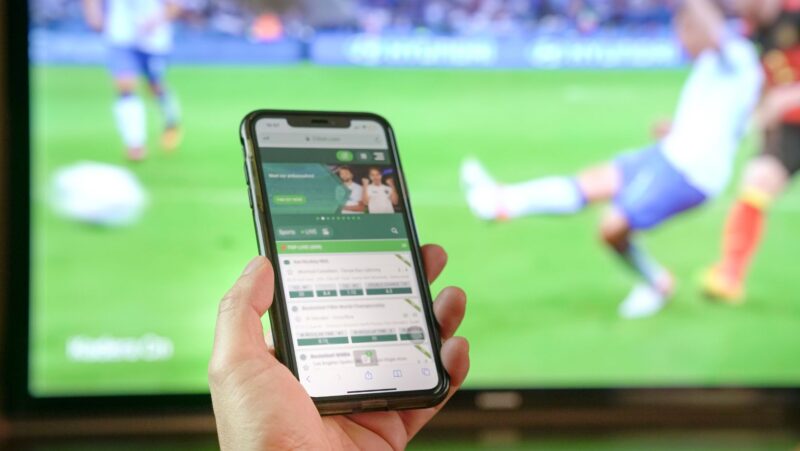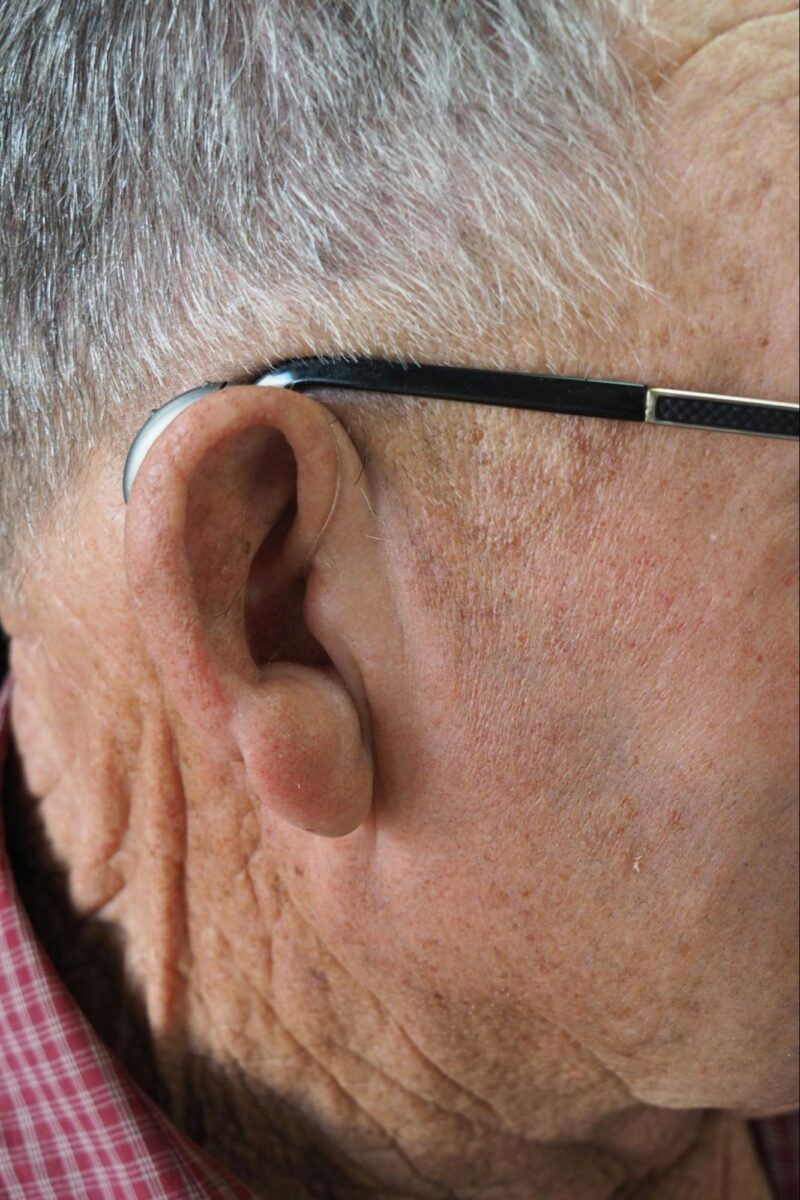Optimizing Security and Connectivity for USB Cameras in a Networked Environment

In today’s digital age, USB cameras have become indispensable tools for various applications, from virtual meetings to home surveillance. As their usage grows, so does the importance of securing the data they capture. Ensuring that your video recordings remain private and protected from unauthorized access is crucial in preventing data breaches. Employing robust security measures is the cornerstone of maintaining the integrity and confidentiality of your USB camera footage.
Another key aspect of utilizing USB cameras effectively is the ability to connect them to multiple devices simultaneously. This capability is especially useful for those who need to monitor multiple locations or share a live feed across different platforms. By understanding how to establish and manage these connections, users can significantly enhance the functionality and efficiency of their USB cameras in both personal and professional settings.
When looking to share webcam over LAN, it’s important to understand the underlying technologies and protocols that facilitate such connectivity. This knowledge not only allows for seamless integration across various devices but also ensures that data is transmitted securely. In this article, we will explore the best practices for protecting your video data and the methods available for sharing your USB camera feed over a local network, enabling you to maximize its potential while keeping your information safe and well-organized.
Advanced Approaches to Safeguarding Video Data from USB Cameras
As USB cameras become more integral to our daily activities, from remote work to security surveillance, the need to protect the sensitive data they capture has never been more critical. The increasing sophistication of cyber threats means that simple security measures may no longer be sufficient. To truly secure your video data, a comprehensive approach that addresses both digital and physical aspects of security is required.
Below is a detailed guide to some of the most effective strategies for protecting your USB camera data from potential breaches. These practices are designed to ensure that your video recordings remain secure at every stage, from capture to storage.
| Security measure | Description |
| Encryption of data streams | Encrypting the video data as it streams from the camera ensures that even if intercepted, the content remains unreadable without the appropriate decryption key. This is especially important when streaming over public or unsecured networks. |
| Secure authentication protocols | Implementing strong authentication mechanisms, such as two-factor authentication (2FA) or biometric verification, helps to ensure that only authorized users can access the USB camera’s feed or control its settings. |
| Network segmentation | By segmenting your network, you can isolate the USB camera from other devices and critical systems. This limits the exposure of your camera feed to only those with necessary access, reducing the risk of cross-network breaches. |
| Regular software updates | Keeping the camera’s firmware and associated software up-to-date is crucial. Updates often include patches for newly discovered vulnerabilities, ensuring that your security measures remain robust against the latest threats. |
| Physical security measures | Beyond digital protections, physically securing the camera itself is equally important. This includes placing the camera in a secure location, ensuring cables are not easily accessible, and using tamper-evident enclosures. |
| Access control management | Implementing strict access control policies that define who can view, manage, or modify the camera’s settings and recordings is essential. These controls should be regularly reviewed and updated to reflect current security needs. |
| Monitoring and auditing | Continuous monitoring of the camera’s access logs and usage patterns can help detect suspicious activity early. Regular audits ensure compliance with security protocols and can identify areas for improvement. |
| Secure data storage solutions | Ensuring that all recorded data is stored in secure, encrypted locations, whether on local servers or cloud storage, protects the data from being accessed or tampered with by unauthorized parties. |
Implementing these strategies is essential for anyone looking to use USB cameras in a secure and reliable manner. By combining digital and physical security measures, you can create a robust defense against potential threats, ensuring that your video data remains protected and confidential at all times. This holistic approach not only safeguards the immediate use of USB cameras but also establishes a strong foundation for future security needs.
Connecting a USB Camera to Multiple Devices Simultaneously: a Step-by-step Guide
Connecting a USB camera to multiple devices at the same time can significantly enhance its functionality, whether for surveillance, video conferencing, or other uses. Achieving this setup requires careful planning and the right tools. Below is a detailed guide to help you establish a multi-device connection for your USB camera.
- Choose the right software: begin by selecting software that supports multi-device connectivity. This software should allow your USB camera to be accessed by several devices without conflicts or performance degradation. Look for solutions that offer virtual camera emulation or network-sharing capabilities.
- Use a USB over network solution: implementing a USB over network (or USB over IP) solution is one of the most effective ways to share a single USB camera across multiple devices. This software works by creating a virtual copy of the camera, which can then be shared with other devices on the same network.
- Set up a hub or splitter: a USB hub or splitter can physically connect a USB camera to multiple devices. However, this method often requires additional software to manage the data flow between the camera and the connected devices. Ensure that the hub or splitter you use supports the required data transfer rate to maintain video quality.
- Configure network settings: when using a USB over network solution, proper network configuration is essential. Ensure that all devices are on the same local network and have the necessary permissions to access the shared camera. Static IP addresses can help maintain a stable connection between the camera and the devices.
- Install necessary drivers: ensure that all devices have the correct drivers installed to recognize the USB camera. This step is crucial for maintaining compatibility and preventing connection issues. Check for driver updates regularly to avoid disruptions.
- Test the connection: after setting up the software and hardware, test the connection on each device. Verify that the video feed is clear and that there is no significant delay or loss of quality. Troubleshoot any issues immediately to ensure a smooth operation.
- Optimize bandwidth usage: sharing a USB camera across multiple devices can strain your network bandwidth. Optimize bandwidth usage by adjusting the camera’s resolution and frame rate to match your network’s capacity. This ensures consistent performance across all connected devices.
- Secure the connection: to prevent unauthorized access, secure your multi-device connection with encryption and strong passwords. Use network security tools like firewalls and VPNs to protect the data transmitted between the camera and the connected devices.
By following these steps, you can successfully connect a USB camera to multiple devices, enhancing its versatility and utility. This approach allows for seamless integration into various workflows, whether for business, security, or personal use while ensuring that the connection remains stable and secure.
In Conclusion, Unlocking the Full Potential of USB Cameras in Modern Setups
As we have explored, the integration of USB cameras into your digital infrastructure offers immense benefits, from enhanced security measures to flexible multi-device connectivity. By understanding and implementing the right strategies, you can not only protect your valuable video data from potential breaches but also optimize the use of your USB camera across various devices.
The key to success lies in adopting a comprehensive approach that includes both robust security protocols and efficient connectivity solutions. Whether you are using a USB camera for personal, professional, or security purposes, taking the time to secure your data streams, authenticate users, and manage network settings is crucial. Additionally, the ability to share your webcam over LAN or across multiple devices opens up new possibilities for collaboration and monitoring.
By carefully considering the tools and techniques outlined in this guide, you can ensure that your USB camera operates at its full potential while maintaining the highest standards of security and performance. As technology continues to evolve, staying informed and proactive in your approach will keep you ahead of potential challenges, enabling you to make the most out of your USB camera setup in any scenario.







